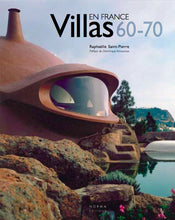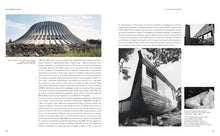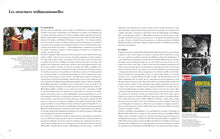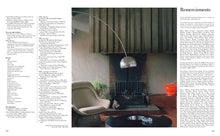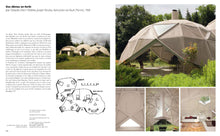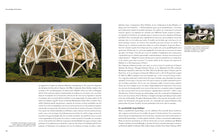
- En savoir plus
- L'auteur
Raphaëlle Saint-Pierre's previous work published by Éditions Norma, 50s Villas in France, has already showed an architectural production worthy of recognition. His new opus, 60s-70s Villas in France, reveals the original and abundant creation of this period, whether the work of French architects (Jean Balladur, André Bruyère, Paul Chemetov, Jean Nouvel, Claude Parent, Roland Simounet, etc.) or of foreigners (Marcel Breuer, Philip Johnson, Richard Neutra, Oscar Niemeyer). The book analyzes the various aesthetic and conceptual currents, particularly in their relationship with international movements. In the mid-1960s, social protest and the emergence of counterculture were felt in the Western world. Modern architecture is called into question by a multiplicity of trends which are then revealed. Unlike the 1950s, we cannot speak of a specific style of the 1960s or 1970s. However, the design of houses remains, more than ever, the privileged laboratory of architects of all generations.
The first part of the book is divided into three chapters which seek to discern the influences, the ruptures, the themes of reflection linked to the individual French house. The first is devoted to the metamorphoses of modernity. The debates are becoming more complex, the models and benchmarks are changing. Faced with the proliferation of pavilions, architects and designers are mobilizing to develop prototypes of industrialized houses. The second chapter reveals the architects' enthusiasm for science, the advances in foresight (Jean-Louis Chanéac) as well as the blurring of boundaries with the visual arts (Pierre Szekely). Domes, hyperbolic paraboloids, bubbles (Pascal Häusermann, Antti Lovag) and inflatable structures are symbols of a break with the previous era. The third chapter addresses ecological thinking. This appeared among a few scientists and intellectuals on the fringes; then, during the oil crisis of 1973, it took over the national scene with a new interest in wood (Pierre Lajus, Jean-Pierre Watel) and attempts at solar architecture (Guy Rottier).
In the second part of the book, around thirty very characteristic villas are classified in chronological order, analyzed in detail and illustrated with various documents, drawings, plans, photographs, etc. They allow an in-depth look at the themes covered at the beginning of the book and they express the richness, which today is perhaps forgotten, of the founding era that was the 60s and the 70s across numerous social phenomena, but particularly in architecture.
Preface to the work: Dominique Amouroux is a contemporary architecture critic and historian of the 20th century architecture. He is the author of numerous books, including the Guide to Contemporary Architecture in France and is currently preparing Marcel Breuer in France.
• 23 x 28.5 cm
• 320 pages
• 465 illustrations
• Hardcover under dust jacket
• ISBN: 978-2-9155-4242-4
Text in French only
Après avoir soutenu un DEA d’histoire de l’architecture, Les Villas des années 50 en France, Raphaëlle Saint-Pierre a été chargée, en 2003-2004, d’une mission avec Docomomo France sur la reconstruction du Havre en vue de son inscription sur la liste du patrimoine mondial. Journaliste pour Architectures à vivre, EK, Le Moniteur et D’A, elle est notamment l’auteur de Villas 50 en France (Paris, Éditions Norma, 2005), Trésors des châteaux de France (Paris, Éditions Molière, 2007).
Préface de Dominique Amouroux.






